Premium Only Content
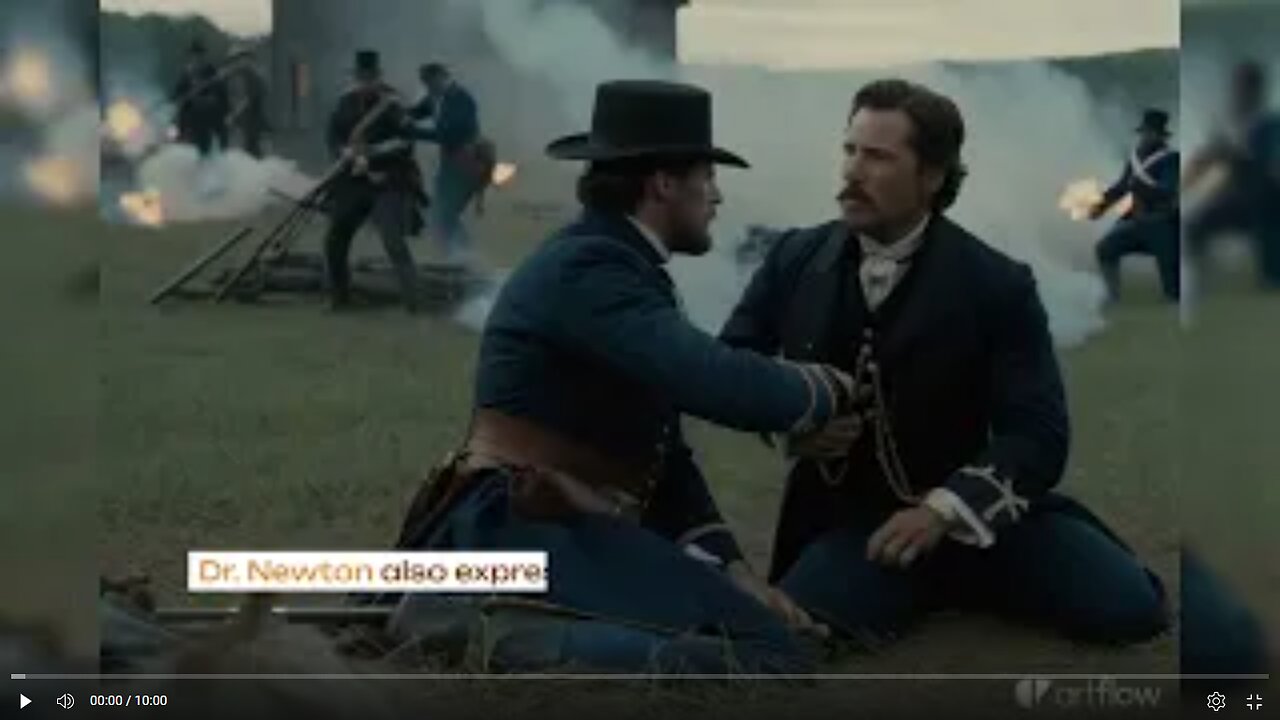
History of Military Lodges in Freemasonry by H. Lloyd Wilkerson Maj. General USMC Retired
History of Military Lodges in Freemasonry by H. Lloyd Wilkerson Maj. General USMC Retired
Old Fashion Masonic Podcast Channel
rumble.com/v40cups-history-of-military-lodges-in-freemasonry.html
'General H. Lloyd Wilkerson, a retired Major General of the United States Marine Corps, delves into the intertwined history of Freemasonry and the military in his exploration, prompted by an invitation from the North Carolina College, Societas Rosicruciana in Civitatibus Foederatis. His research seeks to comprehend the connections between Freemasonry and military service over various periods in history.
The narrative begins with the characterization of Freemasonry before the establishment of the Grand Lodge of England in 1717. During this time, lodges were informal gatherings attended by Freemasons in the area, with no permanent officers, dues, or official buildings. Meetings often took place in local taverns where food, drink, and lodging were available.
With the establishment of the Grand Lodges in England, Ireland, and Scotland between 1717 and 1736, Freemasonry spread rapidly, attracting nobility, clergy, and influential individuals. Prior to this period, many military and civilian men in the Colonies had become Masons before leaving their homelands, continuing their Masonic practices beyond 1717.
The emergence of Regimental Military Lodges, authorized by Grand Lodges, became common in the 18th century. These lodges proliferated, with at least 50 in the American Colonies by 1760, fostering the growth of Colonial Freemasonry. Notably, the U.S. Marine Corps was organized in Tun Tavern in Philadelphia, where Freemasons had previously gathered.
Throughout significant historical periods like the American Revolution, the Mexican War, the Civil War, and to a lesser extent in subsequent conflicts like the Spanish-American War and World War I, military Freemasons found camaraderie in traveling Military Lodges within their units. Tales abound of Freemasons sparing each other's lives on the battlefield due to their shared Masonic affiliation.
In World War I, an Overseas Lodge in Coblenz, Germany, played a crucial role, initiating prominent military figures like General John A. Lejeune, General Wendell C. Neville, and General Lemuel C. Shepherd. This Lodge, established in a former enemy country, carried on the Masonic tradition in a foreign setting.
Post-World War I, organizations like The National Sojourners, Inc. were formed, comprising Freemason officers aiming to strengthen national defense, foster patriotism, and promote fellowship among members. However, the changing nature of warfare, especially in continuous and intense modern combat zones, poses challenges for conducting traditional Masonic rituals.
General Wilkerson advocates against establishing traveling lodges in modern armed forces due to the difficulties in evaluating candidates' moral character and the potential for hasty and uninformed decisions in the midst of combat. Instead, he suggests relying on organizations like the Masonic Services Association to support Freemasons in combat zones.
In conclusion, he highlights that, outside of combat zones, military Freemasons usually serve within reach of regular lodges, where their presence is esteemed, and that support mechanisms exist to aid them during active deployments./
FW1 - Freemasonry Watch: Masons, Freemasons & the Masonic Lodge
https://rumble.com/c/c-2112482
FW2 - Ukraine War, Nato War, Neocon War
https://rumble.com/c/FreemasonryWatch2
FW3 - Mysteries of History
https://rumble.com/c/FreemasonryWatch3
-
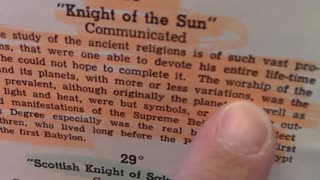 5:25
5:25
FW1 - Freemasonry Watch: Masons, Freemasons & the Masonic Lodge
1 month agoReading Old Freemason Books - 'Knight of the Sun' - Grandpa's Alabama Scottish Rite Collection
4641 -
 59:38
59:38
The Tom Renz Show
14 hours ago"MAGA & Unity With Pastor Bernadette Smith"
762 -
 2:12
2:12
Memology 101
11 hours agoTYT's Cenk Uygur DESTROYS deluded self-proclaimed election Nostradamus over FAILED prediction "keys"
7224 -
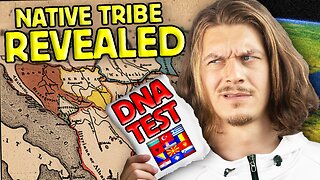 2:11
2:11
BIG NEM
12 hours agoMeet the NATIVE Tribe Of The Balkans Nobody Talks About
231 -
 2:40:31
2:40:31
Fresh and Fit
9 hours agoAre You Smarter Than A 5th Grader? After Hours
137K52 -
 4:07:42
4:07:42
Alex Zedra
15 hours agoLIVE! Scary Games with the Girls
137K6 -
 22:35
22:35
DeVory Darkins
12 hours ago $26.15 earned"Don't Call Me Stupid!" Election Guru HUMILIATED by Left Wing Host
60.3K67 -
 1:41:14
1:41:14
Megyn Kelly
13 hours agoMace's Quest to Protect Women's Spaces, and RFK vs. Media and Swamp, w/ Casey Means and Vinay Prasad
67.7K110 -
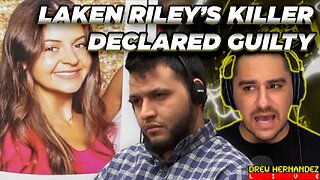 5:08:25
5:08:25
Drew Hernandez
11 hours agoLAKEN RILEY'S KILLER CONVICTED & GIVEN LIFE IN PRISON
55.5K71 -
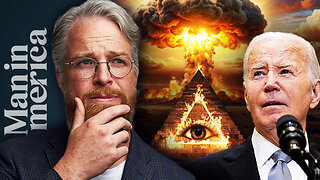 59:31
59:31
Man in America
16 hours agoEven WW3 Can't Stop What's Coming—the Cabal is COLLAPSING w/ Todd Callender
102K76